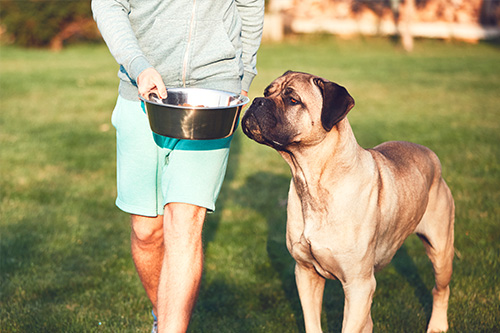So far we have tried to define Quality of Life (QoL) and we have looked at some scales to help us evaluate QoL, this post we will examine improving QoL. If we look closely there are many ways to improve your pet’s QoL, they can vary from very simple things that you can do at home to some interventions that will require veterinary assistance.
First, let’s look at comfort: many pets in the end stage of life are very arthritic or have lost a considerable amount of muscle. They may not be able to move well or even walk at all. To increase your pet’s comfort we can start with some changes to bedding. Remember, we must protect the entire body but especially the bony joints, such as hips, elbows, and knees. These areas are very close to the surface of the skin and are often the first to suffer from muscle loss.
There are many orthopedic pet beds available, the increased thickness can protect these sensitive areas but remember with the increased thickness your pet may have trouble getting into the bed. Also remember to make sure the bedding cover is able to be removed for laundering. If wounds develop, please contact us to discuss options, sometimes we can prescribe creams that will help, but as older pets do not heal as well it is important to address any issues early. It is very important to change your pets position often if they are unable to perform this themselves.
Mobility is also very important. Many pets can be candidates for carts, there are many companies that will manufacture these for you. We are very happy to help you measure your pet. Just set up an appointment. There are carts that can be custom made for dogs that are paralyzed in the rear legs or the front legs. Being paralyzed does not need to decrease the pet’s quality of life. We have had patients that did great in these carts, there are, however, special requirements for the care of those pets. In fact, I remember one dog who had different wheels for each season. Studs for winter and mud tires for the spring!!



